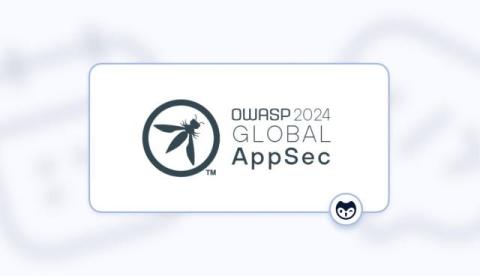Can I Remove My Information From the Dark Web?
Unfortunately, once your information has been put on the dark web, you cannot remove it. Despite this, you can still protect your personal information and identity by changing your passwords, enabling Multi-Factor Authentication (MFA) and monitoring your online accounts for suspicious activity. Continue reading to learn how to tell if your information is on the dark web and what you can do to protect yourself if it is.











